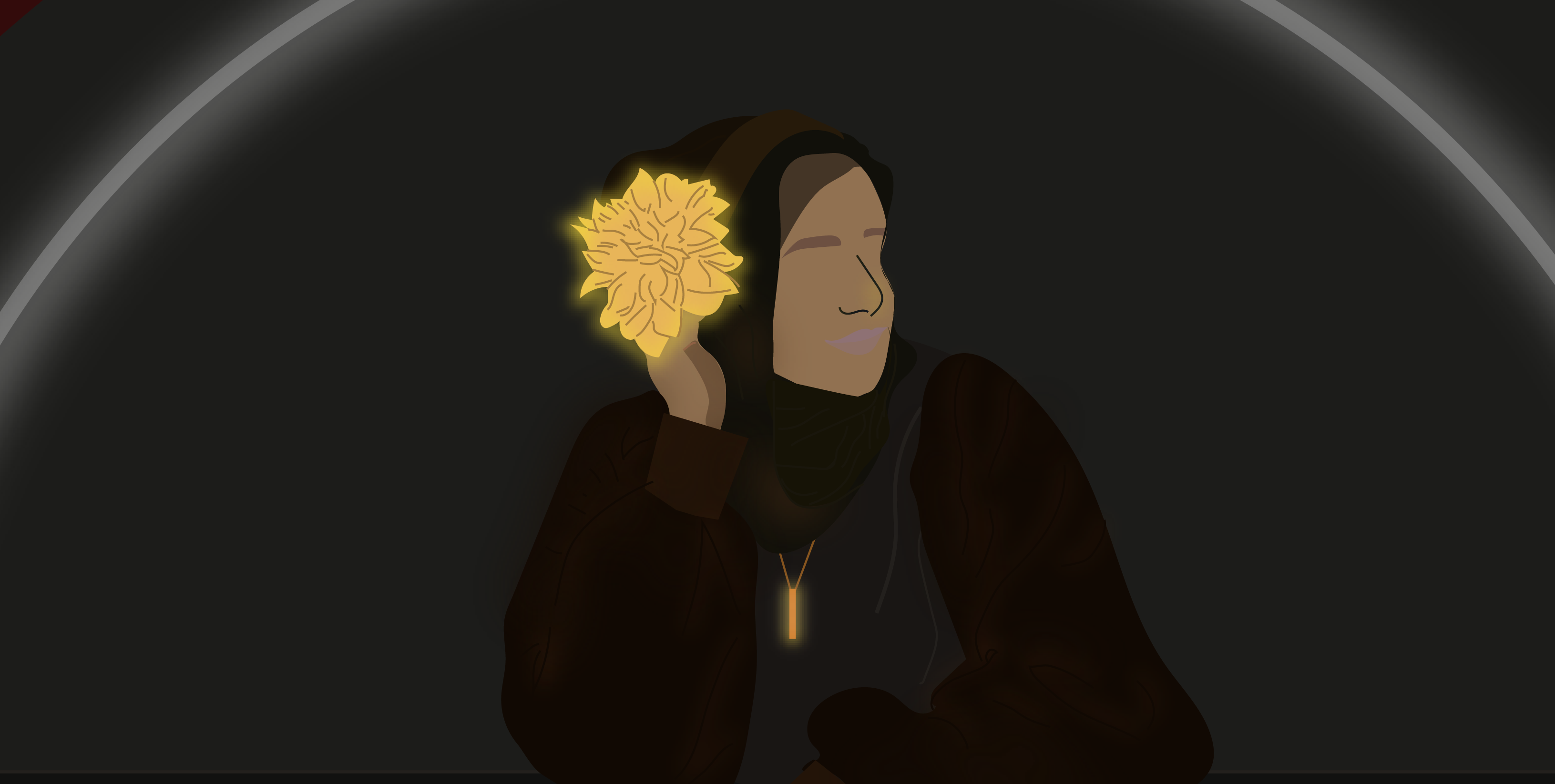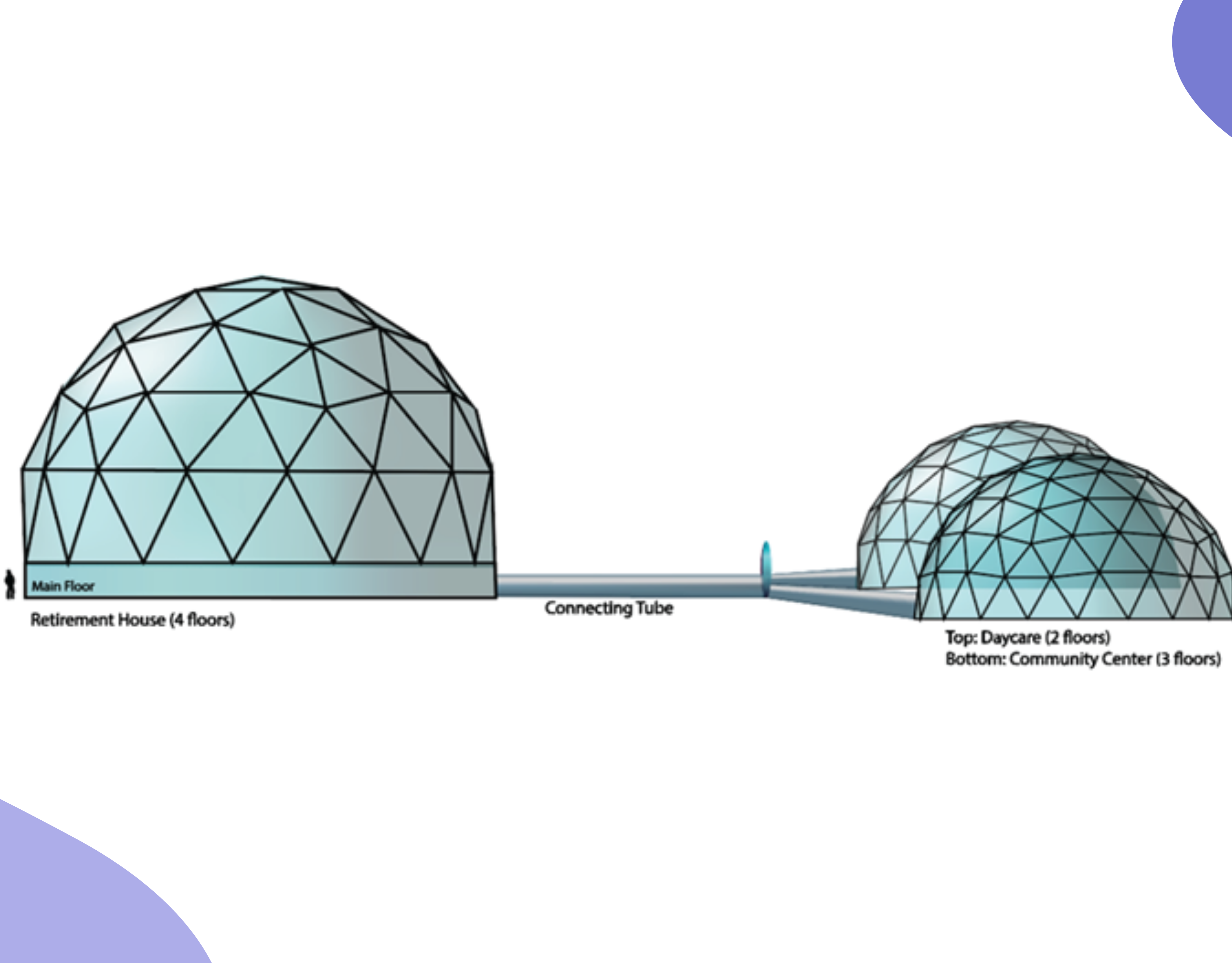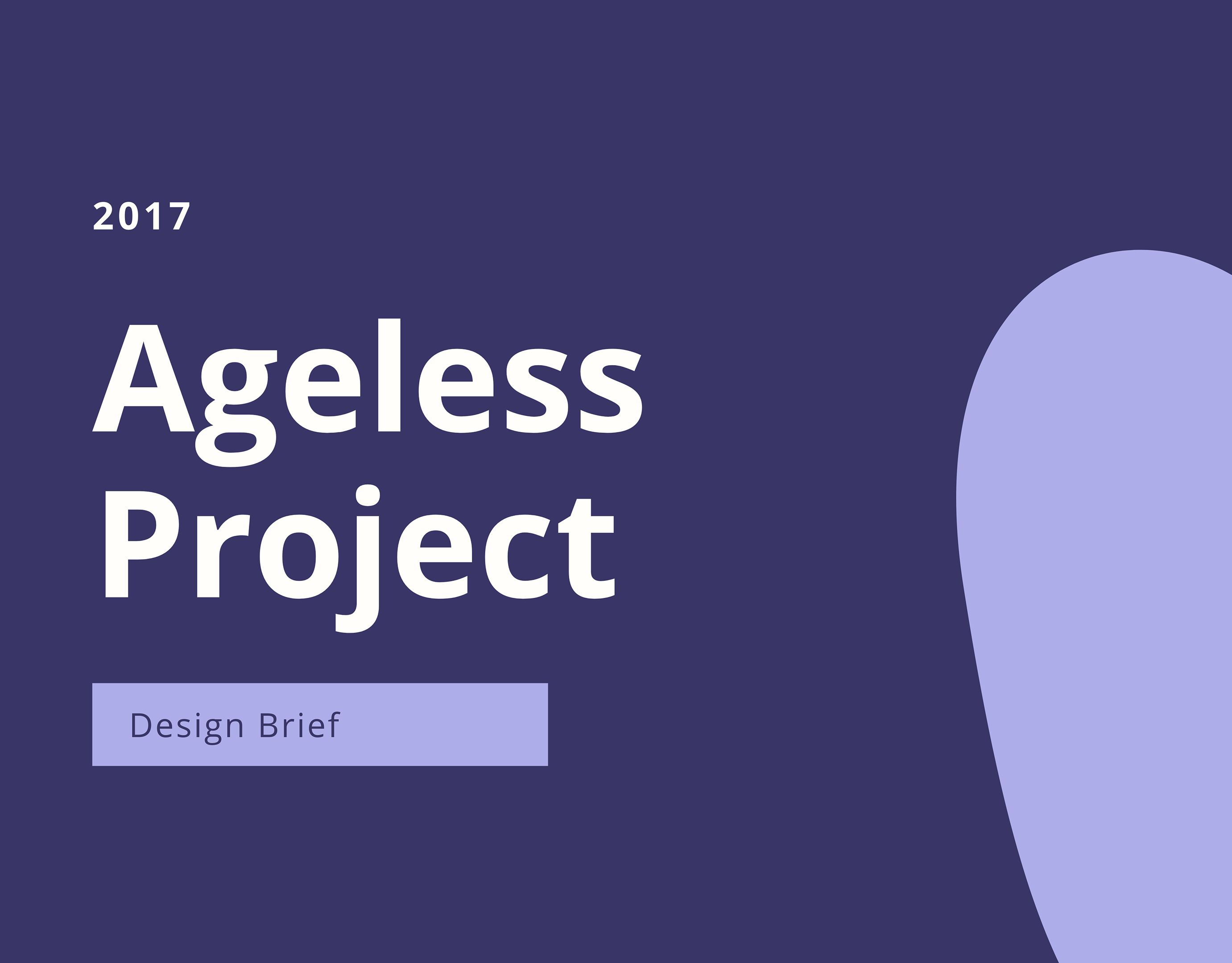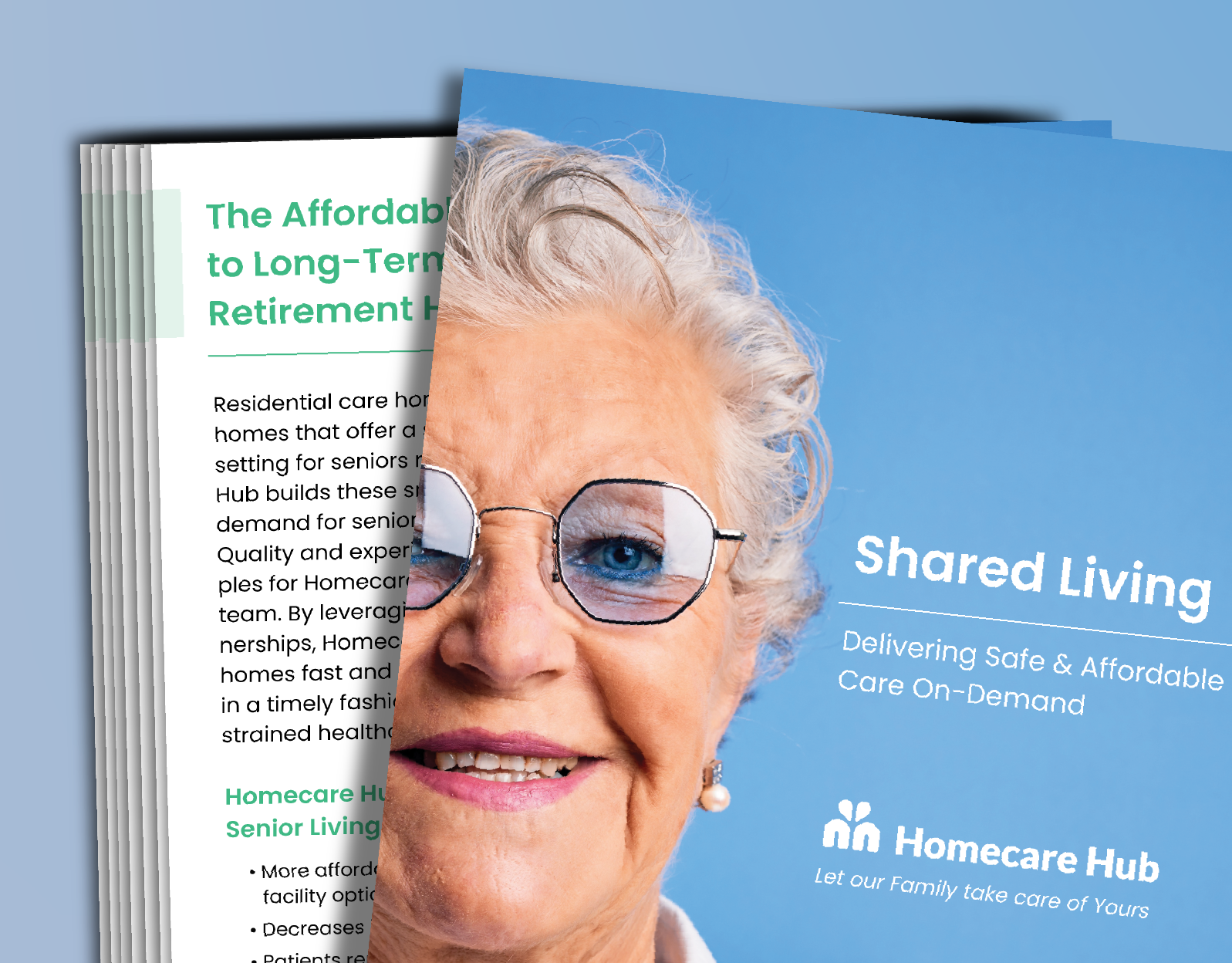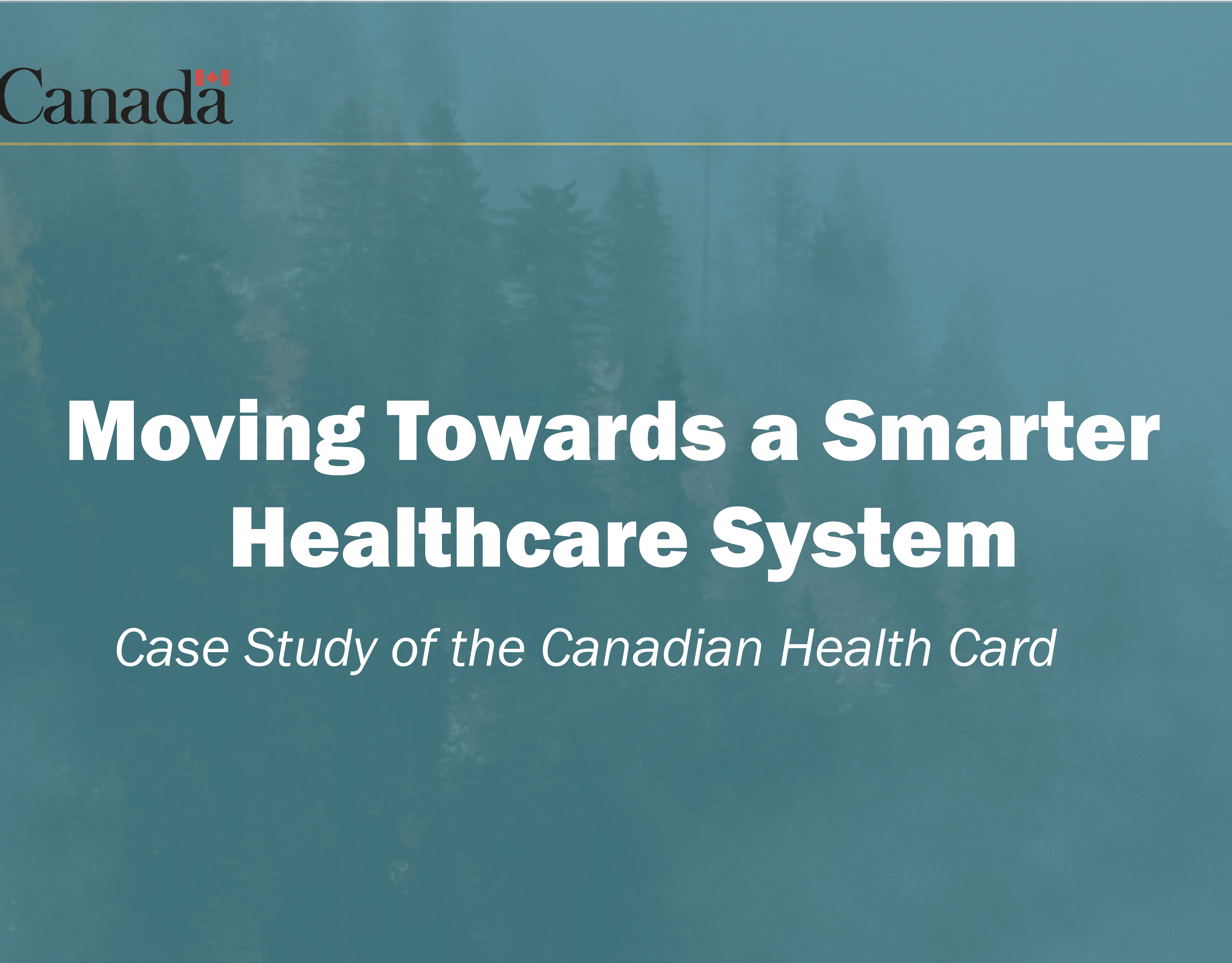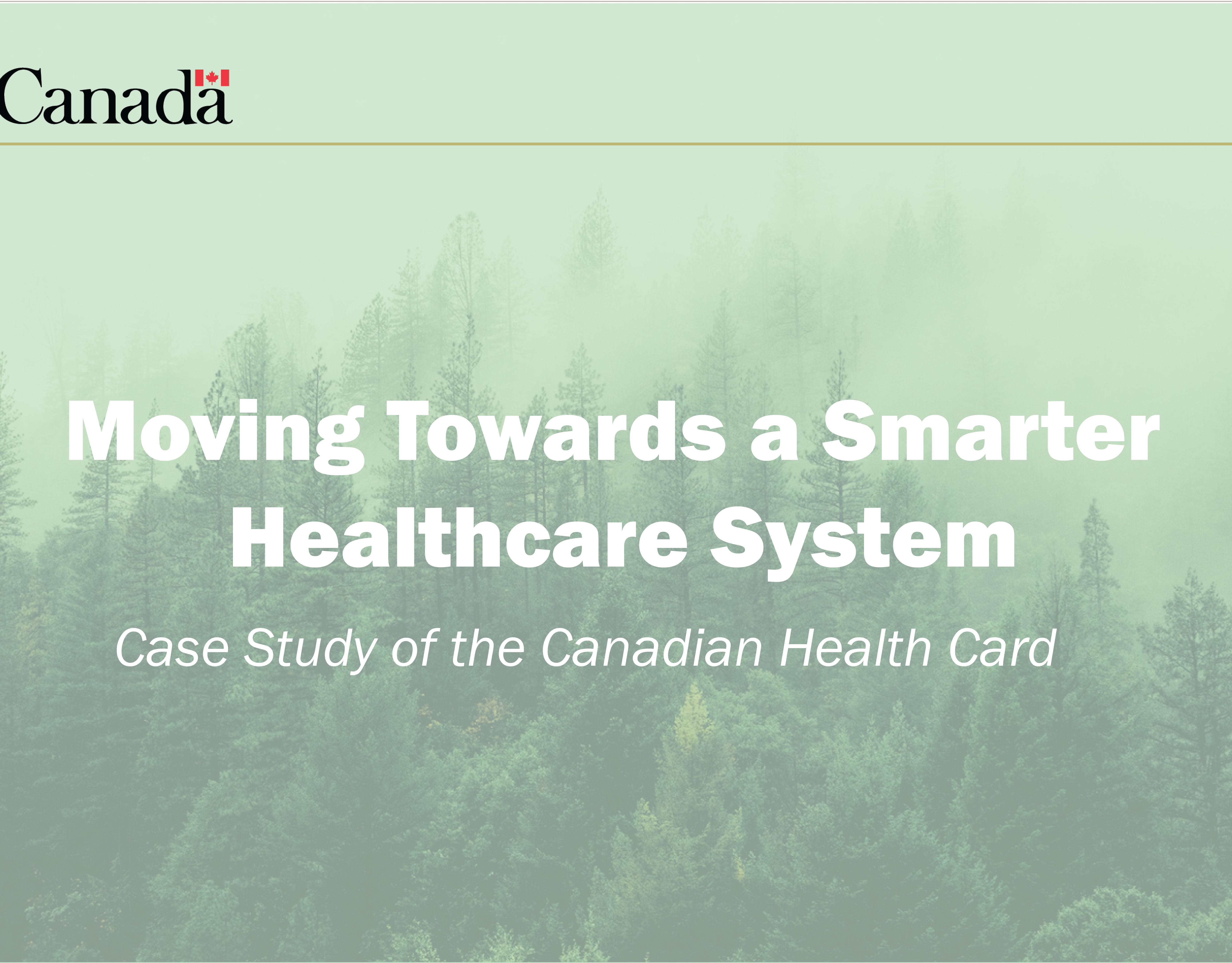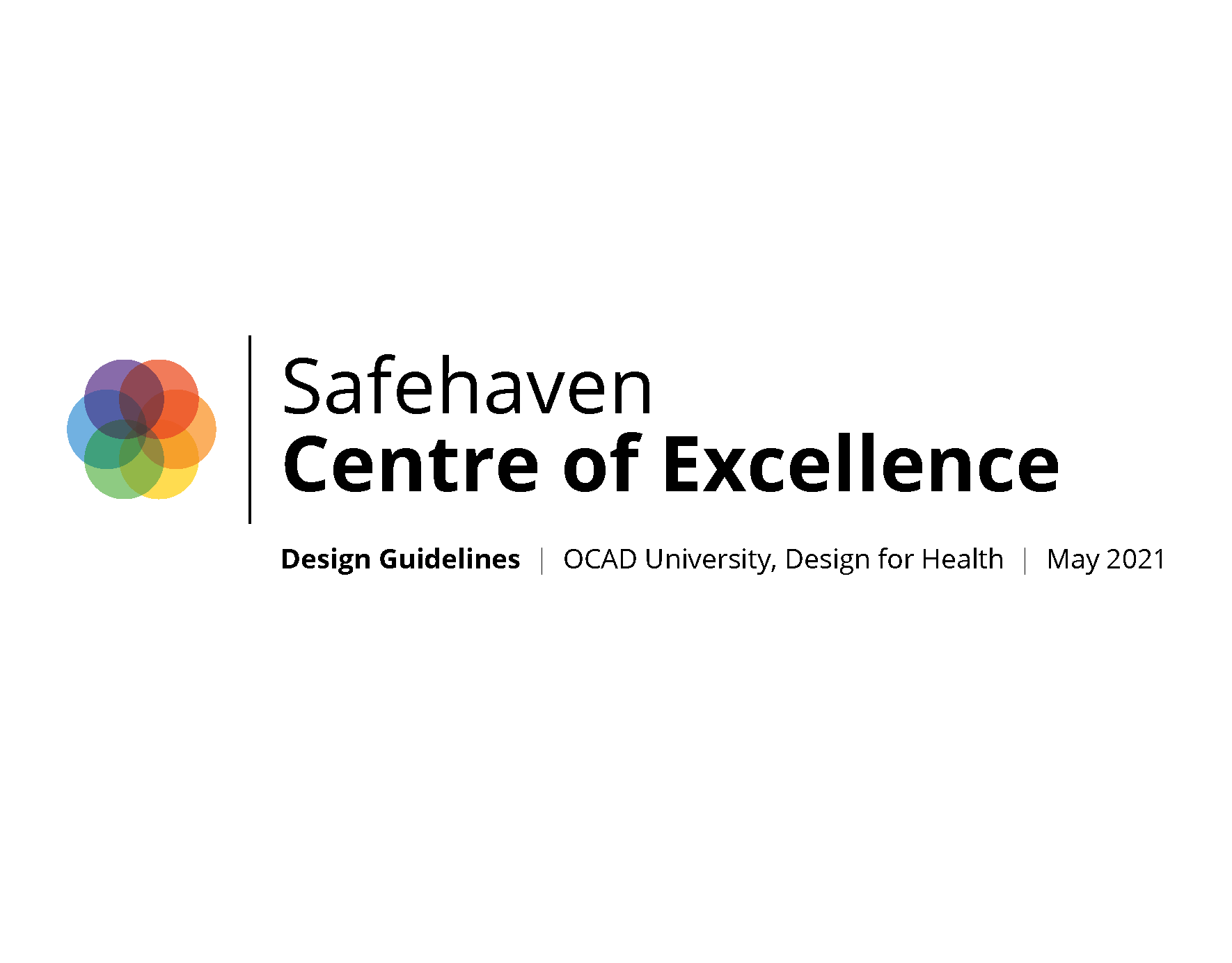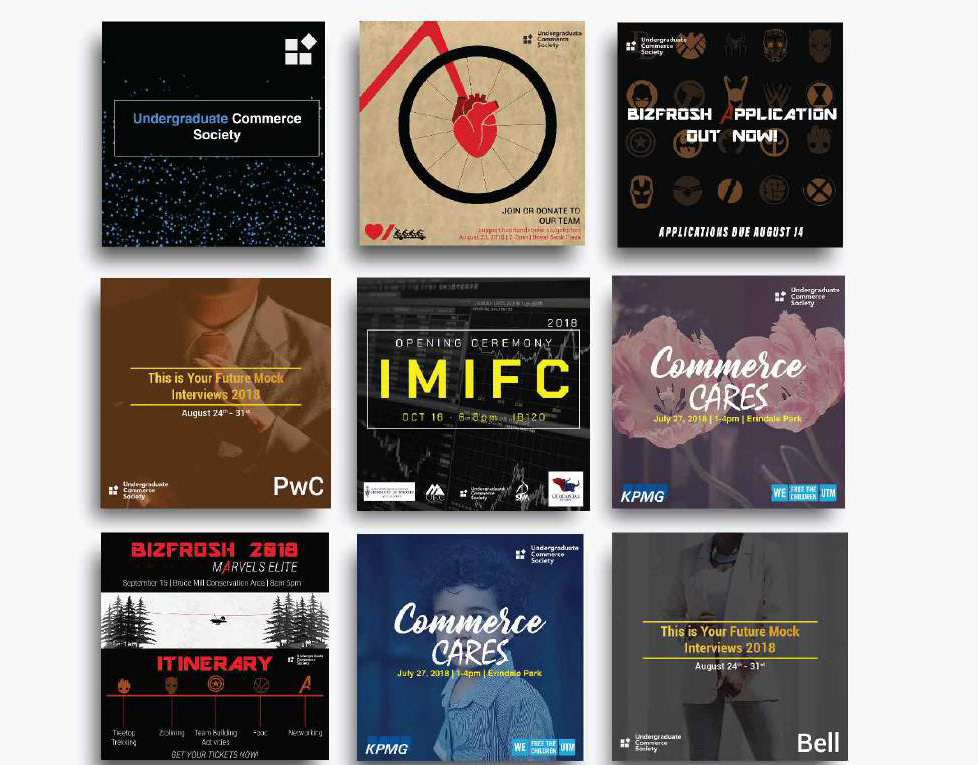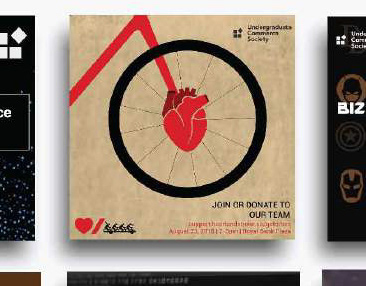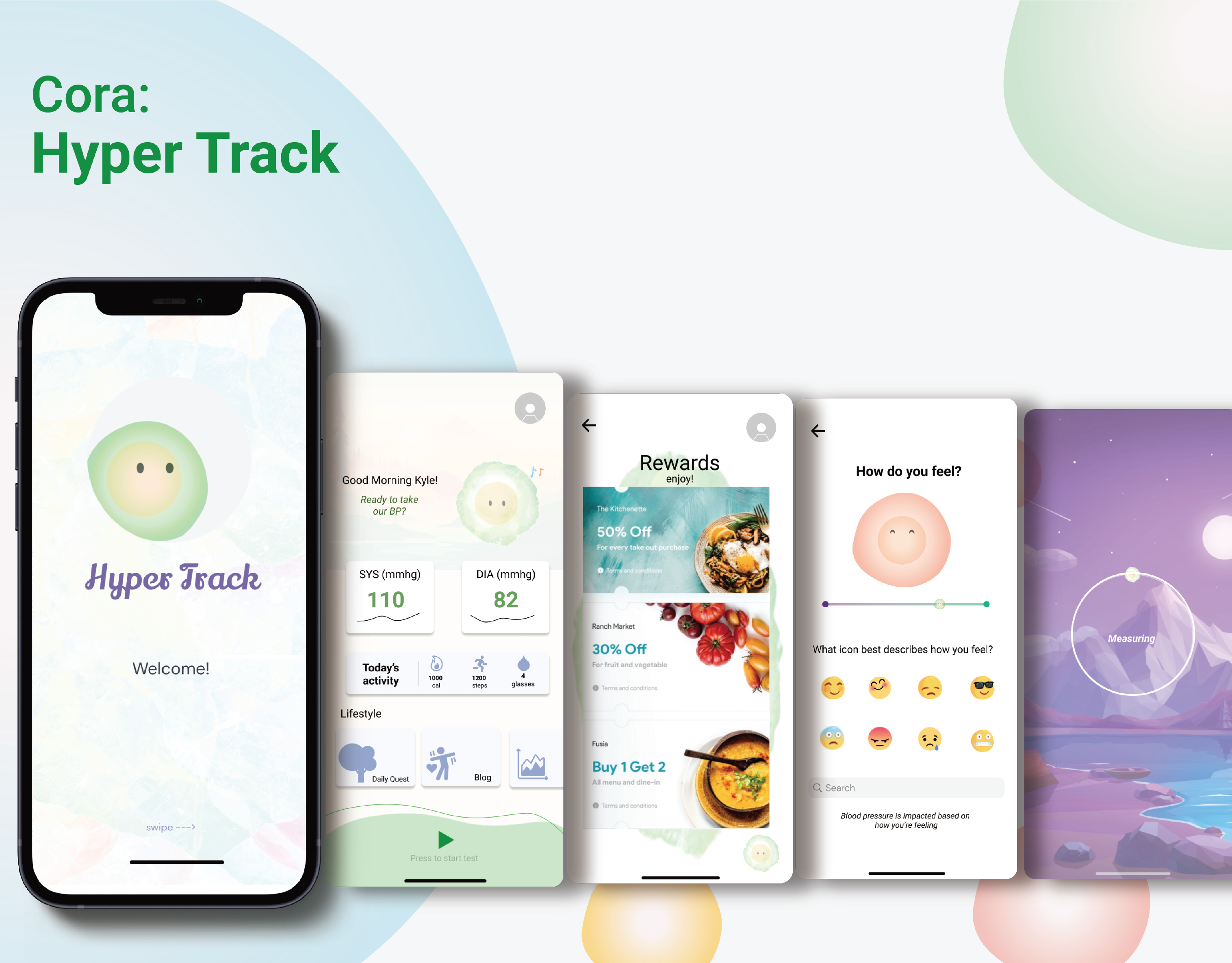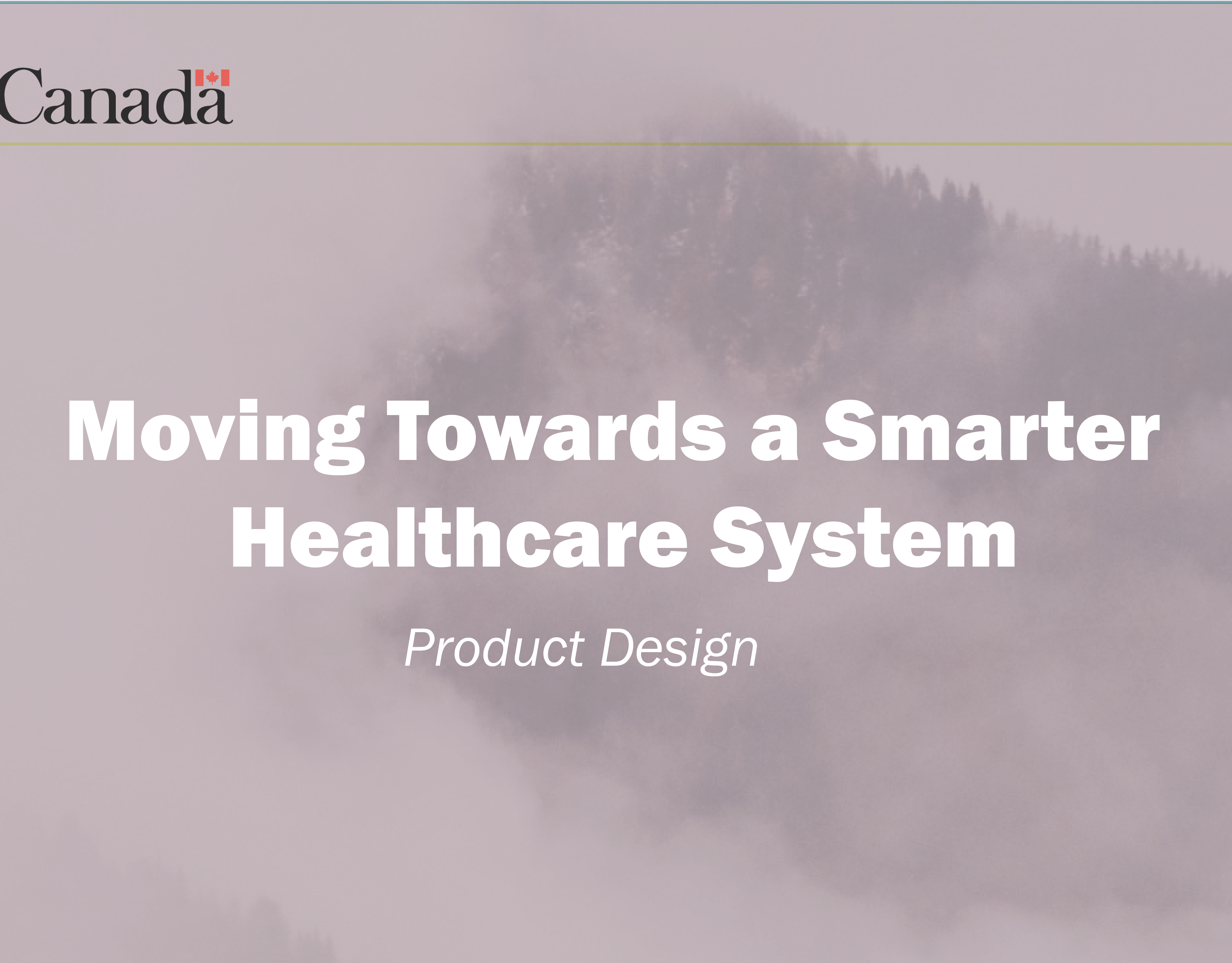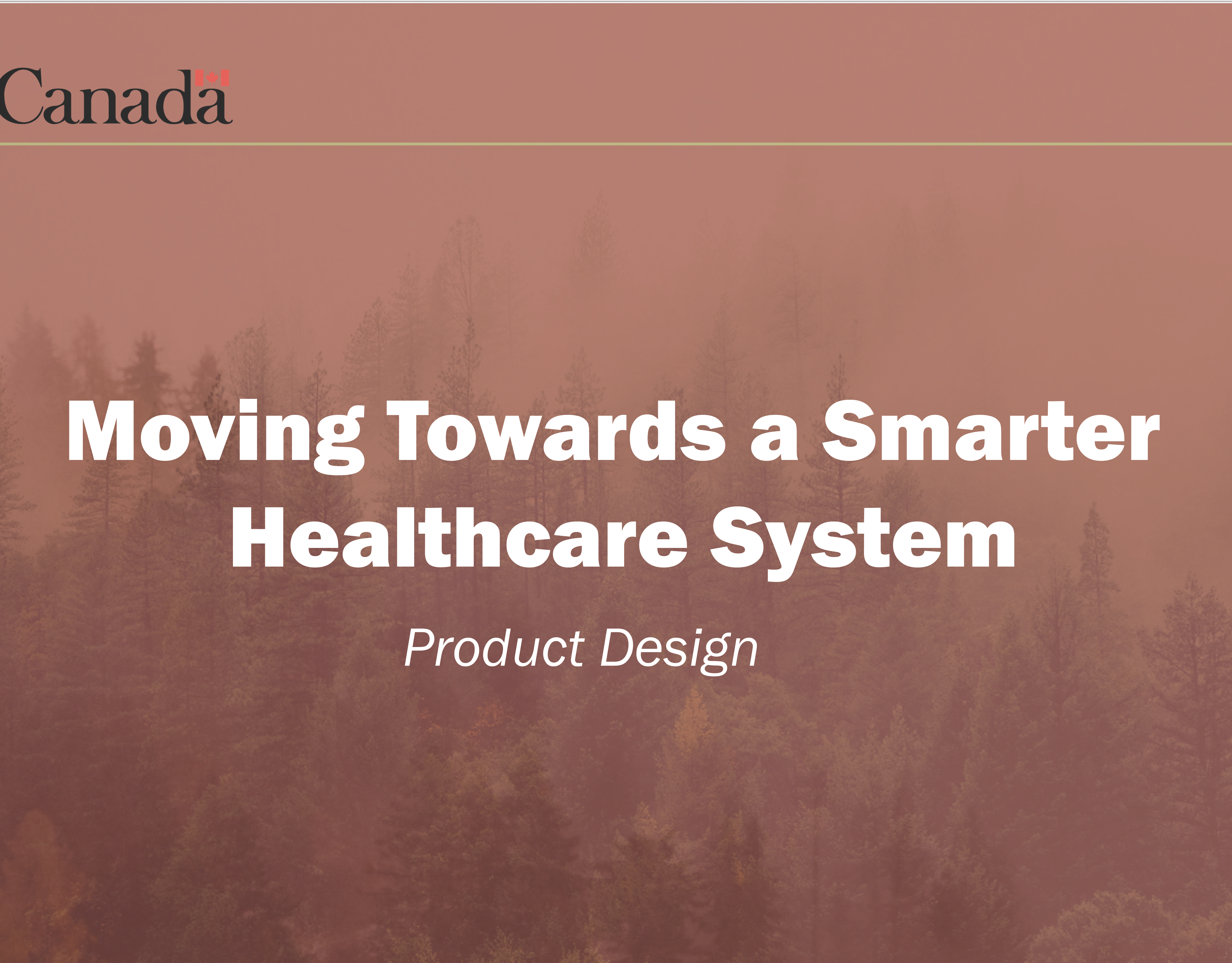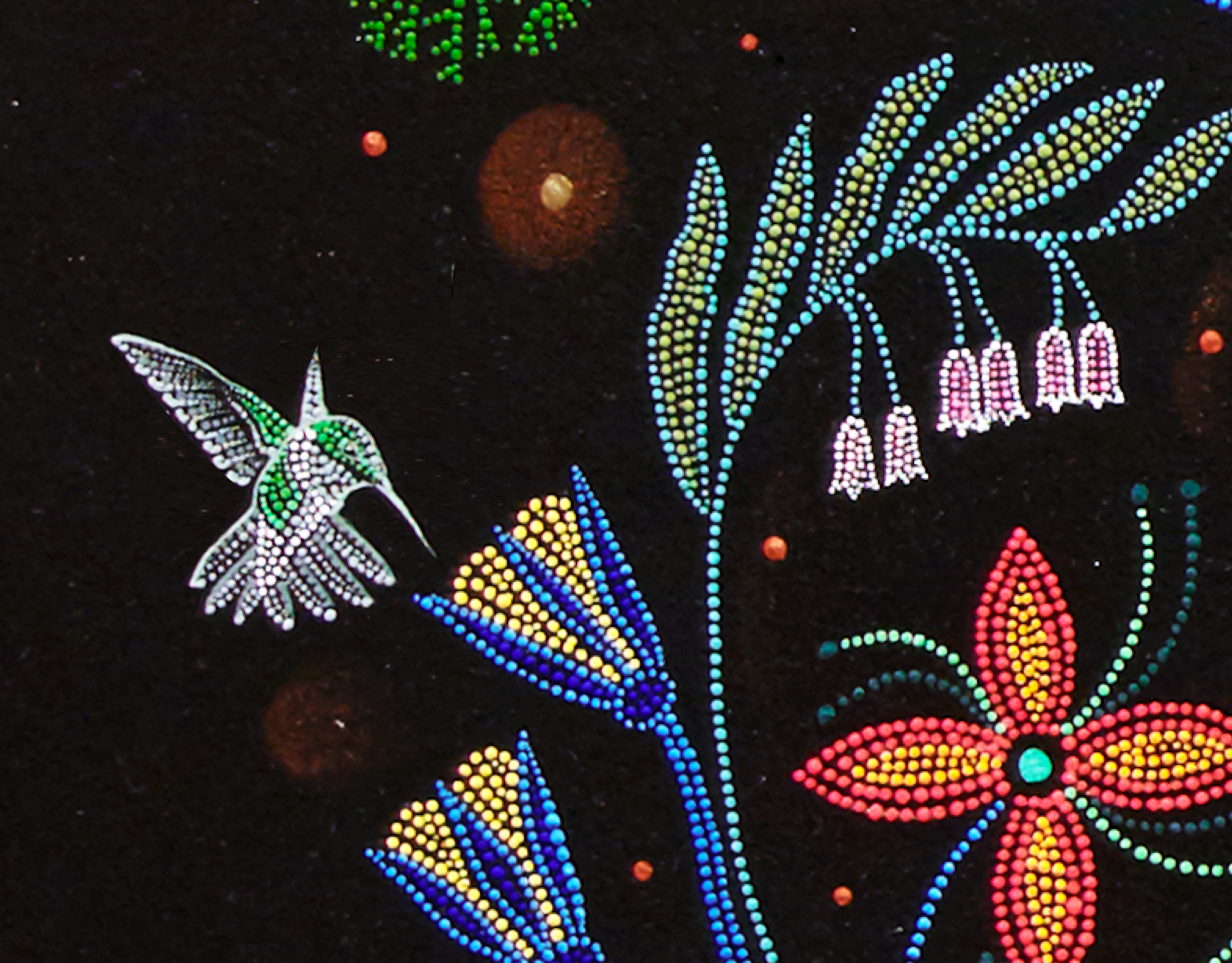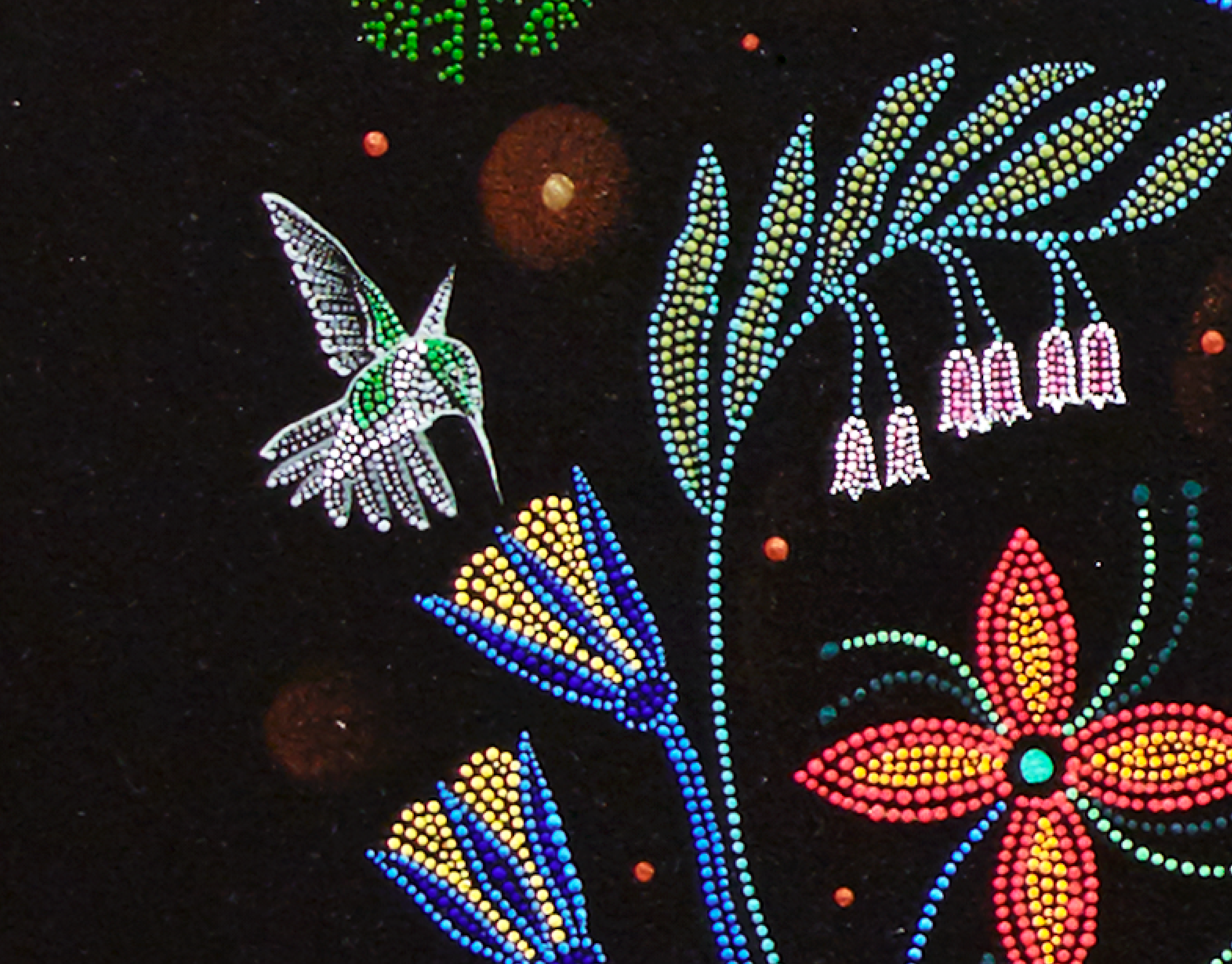Design Challenge:
Background: During the pandemic, many individuals expressed disbelief about the veracity of the COVID-19 virus, refusing to take part in governmentally mandated rules including wearing masks, maintaining distance, and, now that they are available, receiving COVID-19 vaccines. This can, in part, be attributed to the confusion and public anxiety created by politicians and health officials that are sharing differing and hard-to-digest scientific knowledge to the public through authoritative declaration. As a result, many individuals take it upon themselves to find the “real truth”, often employing cognitive biases when choosing what information to accept based on personal belief and values. This creates a public sphere with competing truths and truth-tellers, and often a lack of dialogue between groups.
Need or Problem: During the time of this project COVID vaccines were being introduced to the public through mixed messaging.
Project Overview:
Toolkits are made to give guidance to the reader on how to accomplish a task. In this case, that is How to speak to a COVID-skeptical individual.
This project proposes a communicative design solution in forms of a toolkit to try to address a more effective means to communicate and lessen the impact of COVID post-truths. This is done through defining these communities and creating profiles of the individuals to get a better understanding of their needs and motivations. In prototyping this toolkit, we drew on existing literature and psychological information such as cognitive bias and persuasion to help bridge the gap and foster understanding between COVID skeptic individuals and corrective information.
Results:
Within the 8 months a 1-page toolkit and a report was finalized and distributed to physicians being trained at the VaxFacts Clinic. In addition, poster/video presentation of the report and findings were created and presented.
Empathy was key factor in addressing the challenges and pain points of vaccine hesitant attitudes as they fall under a wide spectrum due to personal values and lived experiences. It is important to foster understanding and compassion as it is a far more effective communication tool then giving into frustration and personal morals when designing within health. This project provided a lot more context within the wicked problem that is vaccine hesitancy and was a great opportunity for co-design with various stakeholders.
View the full report:
Poster presentation four months into the research project
